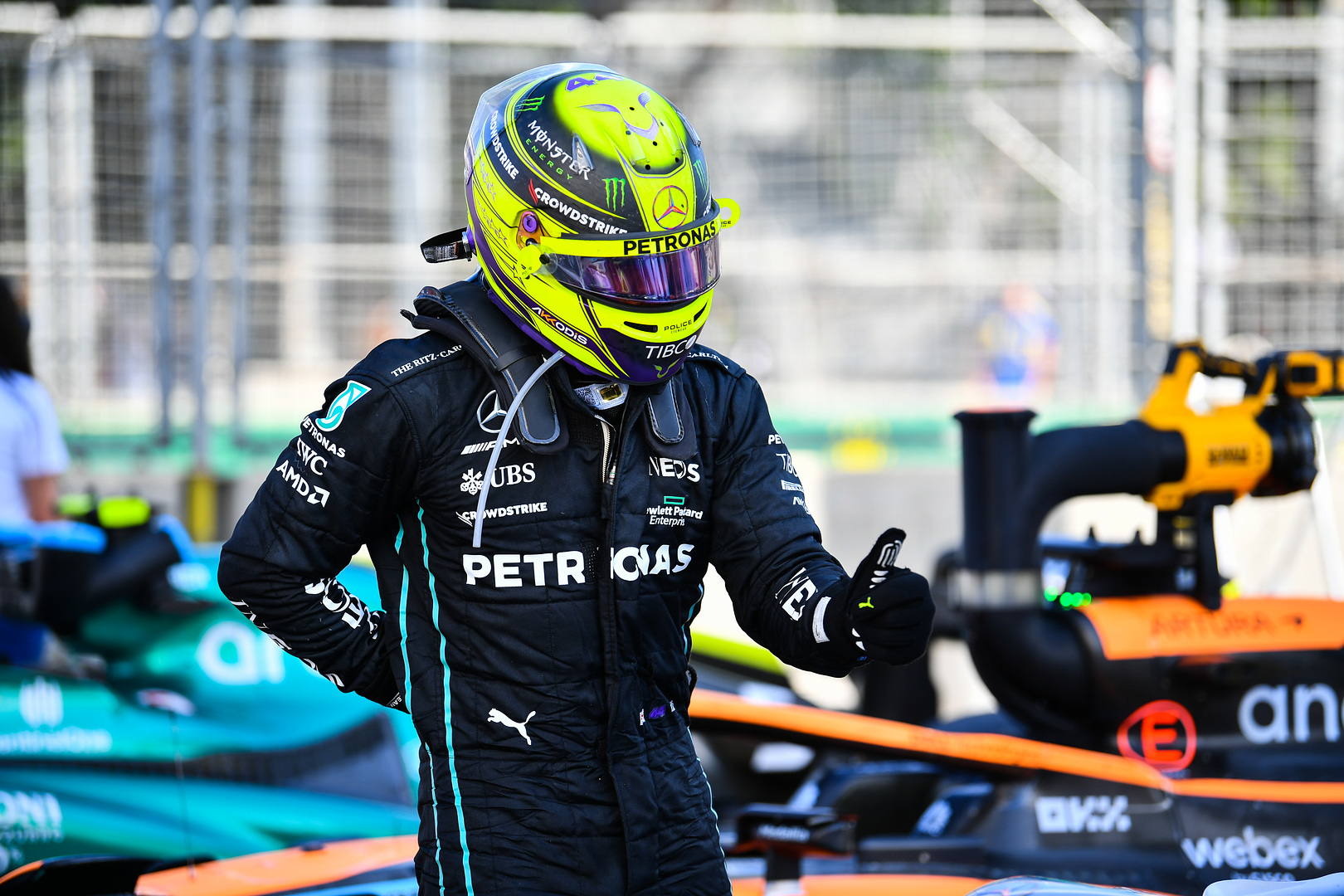Bottas’ Japanese GP Ends Early After Collision with Sargeant: A Detailed Analysis
In a dramatic turn at the Japanese Grand Prix, Valtteri Bottas retired early following a collision with Logan Sargeant. This incident, occurring on the ninth lap in Suzuka, marked a pivotal moment in the race, echoing the intense competition and unpredictability inherent in Formula 1 racing.
Key Takeaways:
- Collision After Safety Car Resumption: The incident happened just after the race resumed post a safety car period. Valtteri Bottas suffered a puncture due to debris on the track, leading him to attempt an overtake on Sargeant. Unfortunately, this maneuver resulted in Sargeant colliding into Bottas, causing significant damage to Bottas’ car.
- Unsuccessful Repair Attempt: Alfa Romeo’s quick decision to bring Bottas into the pits for repairs seemed hopeful initially. However, upon rejoining the race, Bottas communicated that the car was “un-driveable,” leading to his ultimate decision to retire from the race.
- Penalties for Sargeant: Following the incident, race stewards conducted a review and decided to impose additional penalties on Logan Sargeant. He received a five-second penalty added to his existing ten-second penalty ahead of the race, reflecting the seriousness of the collision and its impact on the race.

The excitement at the Japanese Grand Prix took an unexpected turn when Valtteri Bottas, driving for Alfa Romeo, had to retire on the ninth lap after a collision with American driver Logan Sargeant. This incident occurred shortly after the race resumed following a safety car intervention. Bottas, who was already dealing with a puncture caused by track debris, saw an opportunity to overtake Sargeant. However, this move resulted in a collision, with Sargeant hitting Bottas and sending him off the track into the gravel.
Alfa Romeo’s team, in a bid to keep Bottas in the race, quickly pitted him for repairs. Despite their efforts, the Finnish driver soon reported back to the team that the car was beyond its racing capacity. Bottas communicated over the team radio, saying the car was “un-driveable.” This unfortunate development forced him to return to the pits and eventually retire from the race.
The incident was closely scrutinized by the race stewards, who concluded that additional penalties were warranted for Sargeant. In addition to a pre-existing ten-second penalty, Sargeant received an additional five-second time penalty. This decision underscored the stewards’ commitment to maintaining safety and fairness in the highly competitive world of Formula 1.
Bottas’ early exit from the Japanese Grand Prix is a stark reminder of the challenges and unpredictabilities faced by drivers at the highest level of motorsport. Incidents like these not only impact the individual race outcome but also have broader implications on the championship standings and the drivers’ careers. As the Formula 1 season continues, the focus remains on how teams and drivers adapt and respond to these dynamic and often unforeseen challenges on the track.



